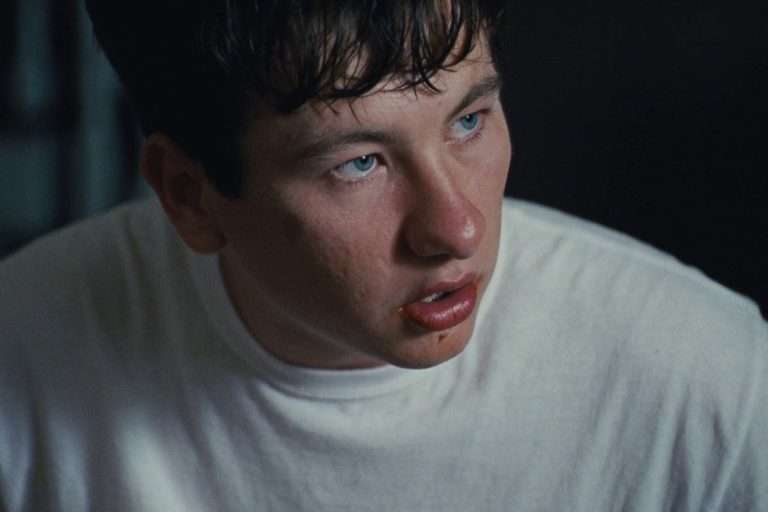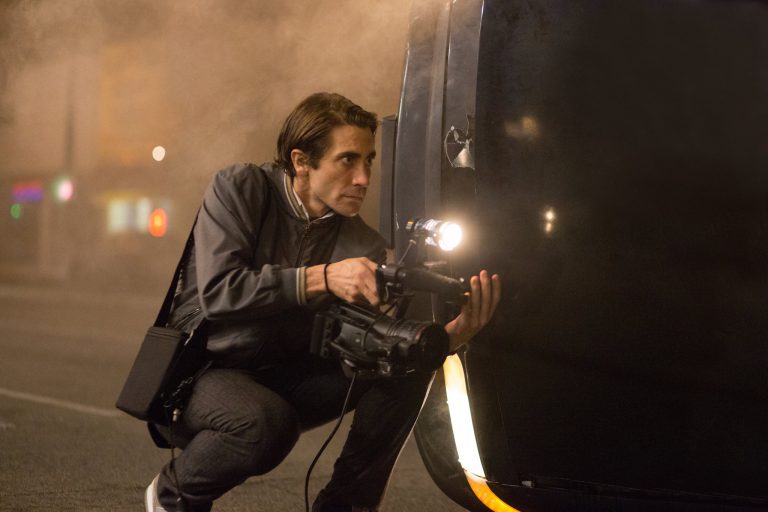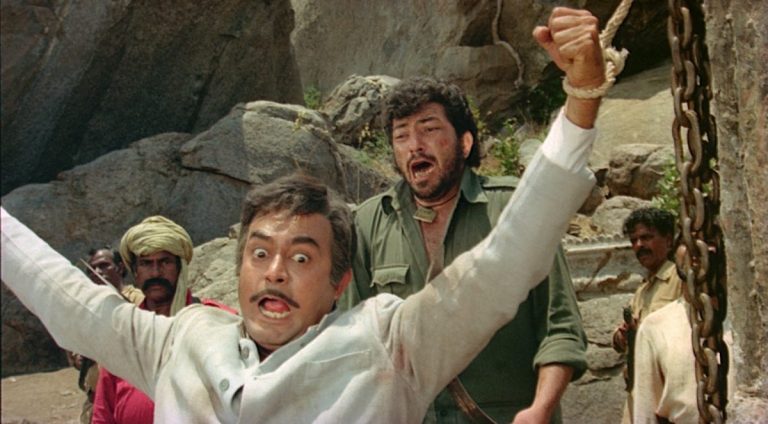While there’s no shortage of films that depict characters grappling with depression, it’s rare to find ones that truly capture the complexity of the condition with empathy and understanding. Too often, it’s portrayed superficially, added merely to heighten the drama. Fortunately, Lars von Trier’s “Melancholia” (2011) is a rare exception that seems to understand how painful and debilitating the illness can be.
The film opens with music from Wagner’s “Tristan und Isolde,” accompanying an 8-minute sequence of slow-motion shots that effectively serves as a symbolic summary of the entire narrative. It’s a haunting sequence filled with some of the film’s most memorable shots, like the one where Justine (Kirsten Dunst), in her wedding dress, is floating in a pond, holding flowers, like Ophelia. This dreamlike montage ends with an ominous shot of Earth crashing into a much larger planet. Thus, the movie makes it clear from the outset that the demise of our main characters and the world they inhabit is all but inevitable.
With these apocalyptic images still lingering in our minds, the movie cuts to the newlywed Justine (Kristen Dunst) and her husband Michael (Alexander Skarsgård), who are being driven to their wedding party. The event is being held at the grand estate owned by Justine’s wealthy brother-in-law John (Kiefer Sutherland), who likes to constantly remind people how much he’s spending on the whole event and her sister Claire (Charlotte Gainsbourg), one of those micro-managing wedding planners who get frustrated if things are even an hour or so behind schedule. Also present at the party are Justine’s divorced parents, Gaby (Charlotte Rampling) and Dexter (John Hurt), and her boss, Jack (Stellan Skarsgard). Now, there isn’t much of a plot worth describing from this point onwards.
The film is, above all, about how it feels to be depressed, and this is where it is at its strongest. “Melancholia” understands that for someone who is depressed, even keeping up appearances and meeting people’s expectations can be draining. This is something we see Justine struggle with throughout the first half. Justine’s behavior proves to be a constant source of frustration for both Claire and John, who intend to make the party successful.
Claire, although sympathetic to Justine, treats her like an emotional teenager who’s acting out (“You promised you wouldn’t make any scenes”) rather than as a person with a debilitating illness that leaves them with very little choice in how they feel. John is even less considerate as he tries to guilt trip and then basically orders her to be happy(“You know how much I’m spending on this? You better goddamn be happy”).
This unsympathetic behavior towards Justine’s emotional state becomes a sort of recurring theme throughout the party. While giving the wedding toast, her mother decides that’s the best time to express her disgust towards marriage as an institution. Justine’s boss is just there to get an advertising tagline from her for their latest campaign, and her father uses his toast to Claire as an opportunity to insult his ex-wife, Gaby.
The most painful of these moments, though, is when she reaches out to her parents for reassurance and fails to get even a bit of parental comfort. Her mother can’t see Justine’s depression and can only see Justine’s struggle through the lens of her own dislike of marriage, telling her to run away if she doesn’t like it, while her father disappears when she needs him the most, leaving her a poorly written note misaddressed to her half-sister Betty. Clearly, Justine’s existence barely registers in her father’s mind. Even though she is surrounded by her family, Justine’s feeling of isolation and loneliness in these scenes is palpable.
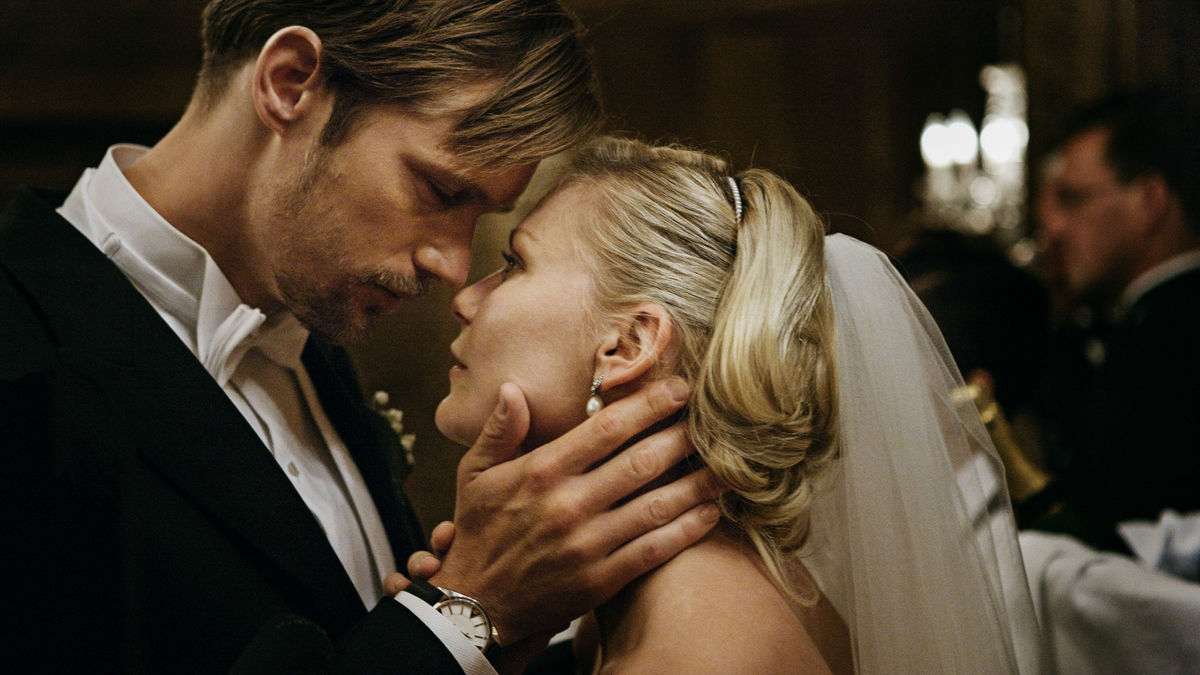
So it’s not much of a surprise when Justine decides to call off the marriage by cheating on her husband (one of the few characters to even attempt to connect with her even if, in the end, he fails) in the process. Among other things, I like how “Melancholia” showcases the anhedonia associated with depression. As the film progresses, Justine struggles to even take a bath by herself and complains about how her favorite food (meatloaf) tastes like ash. Both Von Trier and Dunst draw from their own experiences dealing with depression, which gives these moments in the film a visceral and raw quality.
However, the film begins to falter when the focus shifts to Claire. Earlier in the movie, Justine notices that the star Antares can no longer be seen in the evening sky. It’s been obscured by a rogue planet called Melancholia. Claire is distraught as her husband assures her that, according to scientists, the planet will enter Earth’s orbit and then simply pass us by. Of course, the government and the scientists are lying to prevent mass panic, and Claire starts giving in to despair when she reads more about the potential collision online. It’s at about this point that the movie stops being about depression and starts being about Von Trier’s depressive worldview. As Claire spirals into deep despondency, Justine flourishes. Justine now becomes the caretaker of her sister and nephew.
My understanding of Lars Von Trier is that he views depression as a rational response to the evil of existence, a sentiment that Justine herself echoes in the film (“I know we’re alone. Life on earth is evil. Life is only on earth. And not for long.”). It’s not uncommon to see these sorts of beliefs among people with depression: that they see the world for what it is and understand the cruelty of life itself, that they can handle catastrophe/crisis better than average folk because of what the illness puts them through.
In fact, there is an interesting hypothesis proposed by psychologists Lauren Alloy and Lyn Yvonne Abramson called Depressive Realism, which suggests that depressed individuals make more realistic inferences than non-depressed individuals. However, the evidence is hardly convincing, and the Wikipedia article on the topic provides plenty of studies and arguments that dispute this hypothesis, with this one being especially pertinent.
“There is also concern that the depressive realism effect is merely a byproduct of the depressed person being in a situation that agrees with their negative bias.”
After all, if you’re in a terrible situation, have low expectations, and with an eroded willpower to adequately confront said situation, then it’s no surprise that the results match your negative bias. Then there’s the fact that people with depression also suffer from awful cognitive distortions, which create feedback loops of negativity that feed into their depression. All in all, the idea that depression enables you to give an accurate appraisal of the world is questionable at best.
When it became clear that the film was leaning into this idea of depressive realism, certain things became predictable, like John’s suicide when he realizes Melancholia is indeed on a collision course with Earth. If you’re depressed at your worst moments, it can feel like the entire world is crashing down on you. So, when Melancholia literally comes crashing down on Earth in the film, and the rest of the characters experience that feeling for one day, it isn’t a surprise that the film portrays them as unable to handle it.
I suppose it’s comforting to believe that all this suffering has made you stronger and even better equipped for certain scenarios than those without this illness, but in reality, that’s rarely the case. As I mentioned earlier, depression is a pathology that ravages your mind and gives you a warped view of the world, not enlightenment. This isn’t a case of someone reading a lot of Stoic philosophy and deciding to face life with courage because they’ve come to terms with their own mortality. At the bare minimum, one should realize that someone who can’t bring themselves to get out of bed isn’t going to handle any catastrophe or crisis better unless the said crisis is unavoidable doom and you think the proper reaction to it is supposed to be happily accepting the sweet release of death.
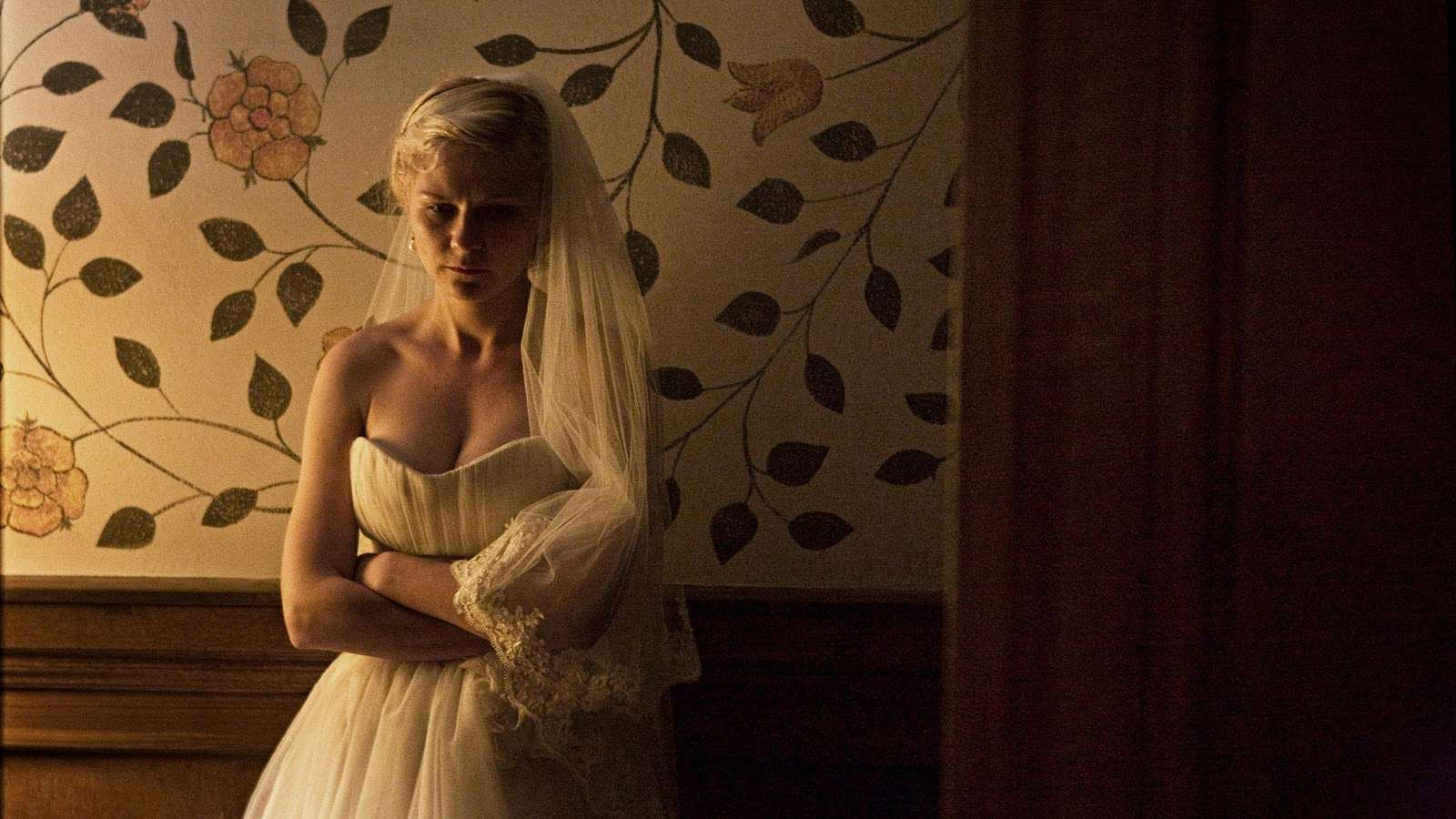
Even then, Non-depressed people aren’t going to be that fragile in the face of catastrophe, even if their demise is inevitable (not all of them, at least). I suppose such a situation could come as a relief to people who have been contemplating suicide for a long time but could never go through with it because of our innate sense of self-preservation. However, it’s not because they realize some deeper truths about life but rather because they know they get to end their suffering without going through the genuinely harrowing process of suicide.
That said, I came across a different interpretation of “Melancholia” that one might find interesting – one that views Earth as a whole to represent Justine’s mind, a world filled with unsympathetic characters that cause her nothing but pain. As someone who can’t see beyond their own depression, Justine feels imprisoned by this cruel world and would prefer to see it die.
Here, Melancholia’s arrival doesn’t represent reality coming to vindicate her belief that life is meaningless and cruel and that her depression is a justified reaction to it, but rather a longing for reality to come and destroy the depression itself, something outside breaking through and creating the possibility of hope. Here, the two planets colliding could represent two lovers giving each other meaning. This certainly fits the sense of longing evoked in scenes like the one where Justine bathes in Melancholia’s light. It’s also in line with the emotions evoked by the Tristan theme. Wagner himself describes the opera as:
“a tale of endless yearning, longing, the bliss and wretchedness of love; the world, power, fame, honor, chivalry, loyalty, and friendship all blown away like an insubstantial dream; one thing left living – longing, longing unquenchable, a yearning, a hunger, a languishing forever renewing itself; one sole redemption – death, finality, a sleep without awakening…”
Many shots in the movie are there purely to evoke a feeling, like a shot in the overture where Justine is trying to walk through the forest, being dragged down by what appear to be vines strung around her legs. Unlike the other shots in the overture, this doesn’t actually happen later on in the movie and is only referenced by Justine when she explains why she can barely walk (“Gray wool, clinging to my legs, it’s heavy to carry along”).
So, I can understand how one can interpret the film as described above. Although, I think it’s more likely Von Trier just wanted to take a piece of music that speaks of intense yearning and passion associated with love and juxtapose it with someone being vindicated in their belief that depression is the logical response to the evil of existence. These kinds of slimy inversions where he takes something positive and meaningful and associates them with the reverse in sort of a sneering mockery is par for the course for Von Trier.
Regardless, despite its missteps in the second half, the film does conclude in a spectacular fashion. Von Trier manages to create the most gripping end-of-the-world sequence I’ve ever seen on film. What makes it so powerful is that it doesn’t simply try to wow you with spectacular visuals (although they’re indeed well done). It stays with these characters as they slowly come to terms with their impending doom and allows us to feel their fear, despair, and, in Justine’s case, a sense of relief.


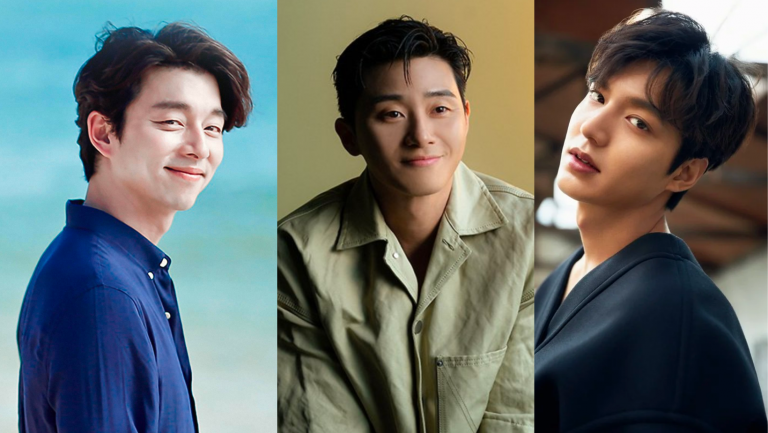
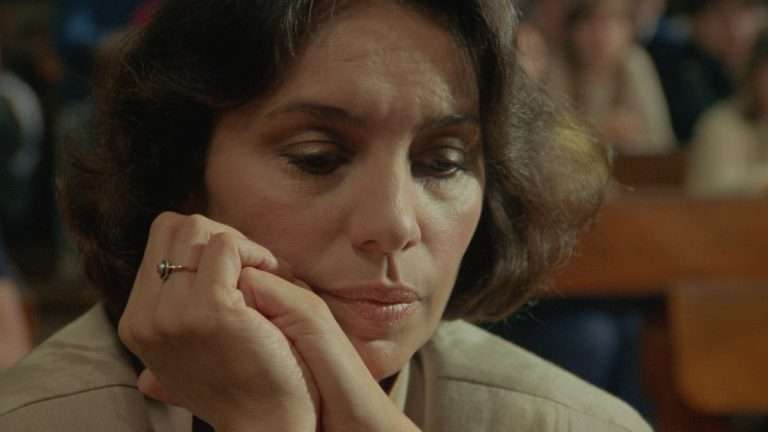
![Watching the unseen in Flesh [1968] and Trash [1970]](https://79468c92.delivery.rocketcdn.me/wp-content/uploads/2016/10/flesh1-1.jpg)
